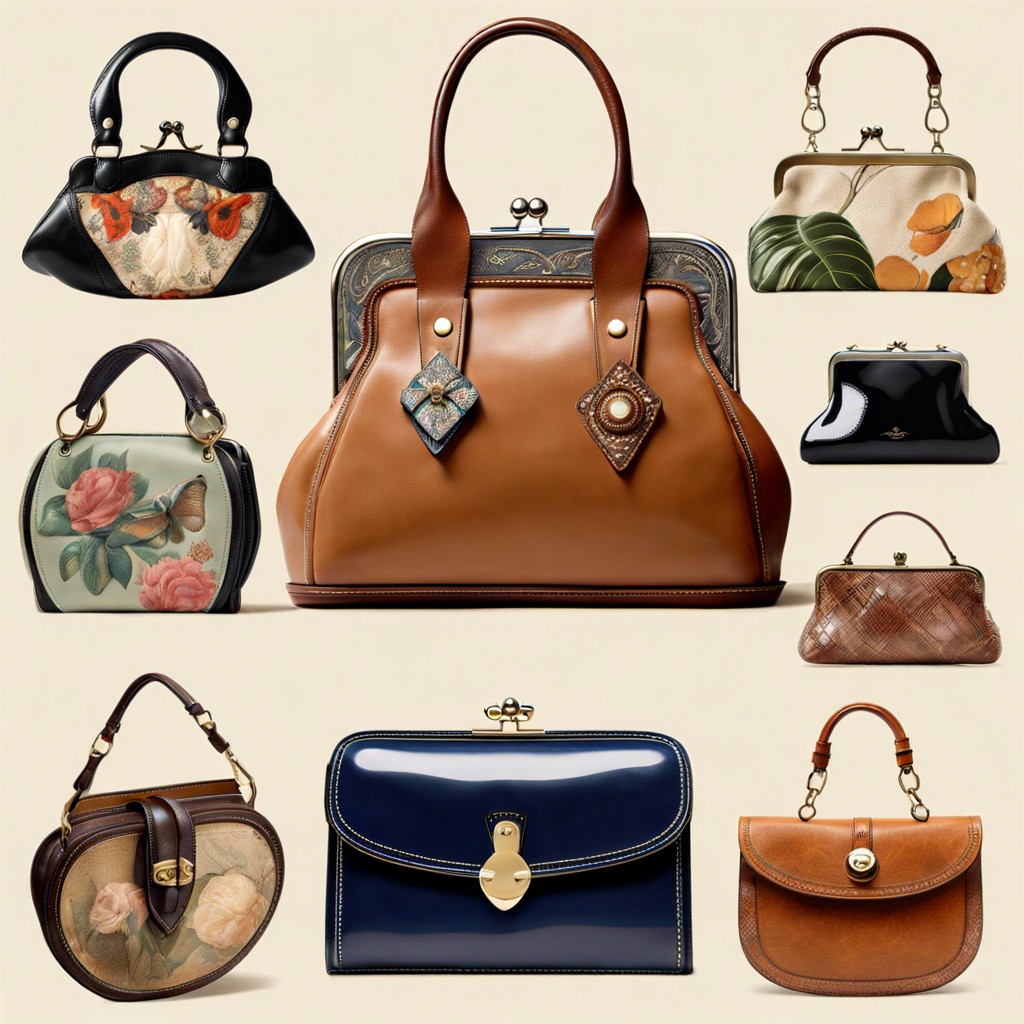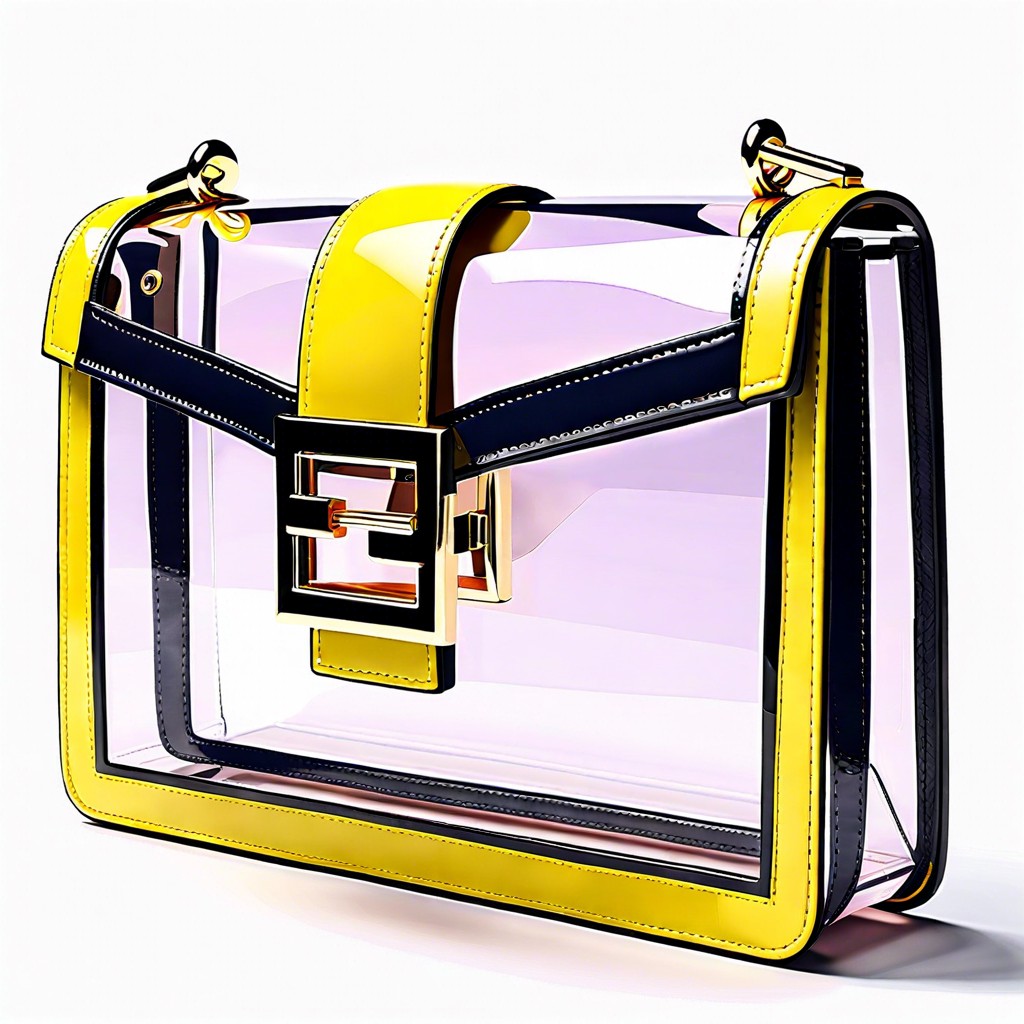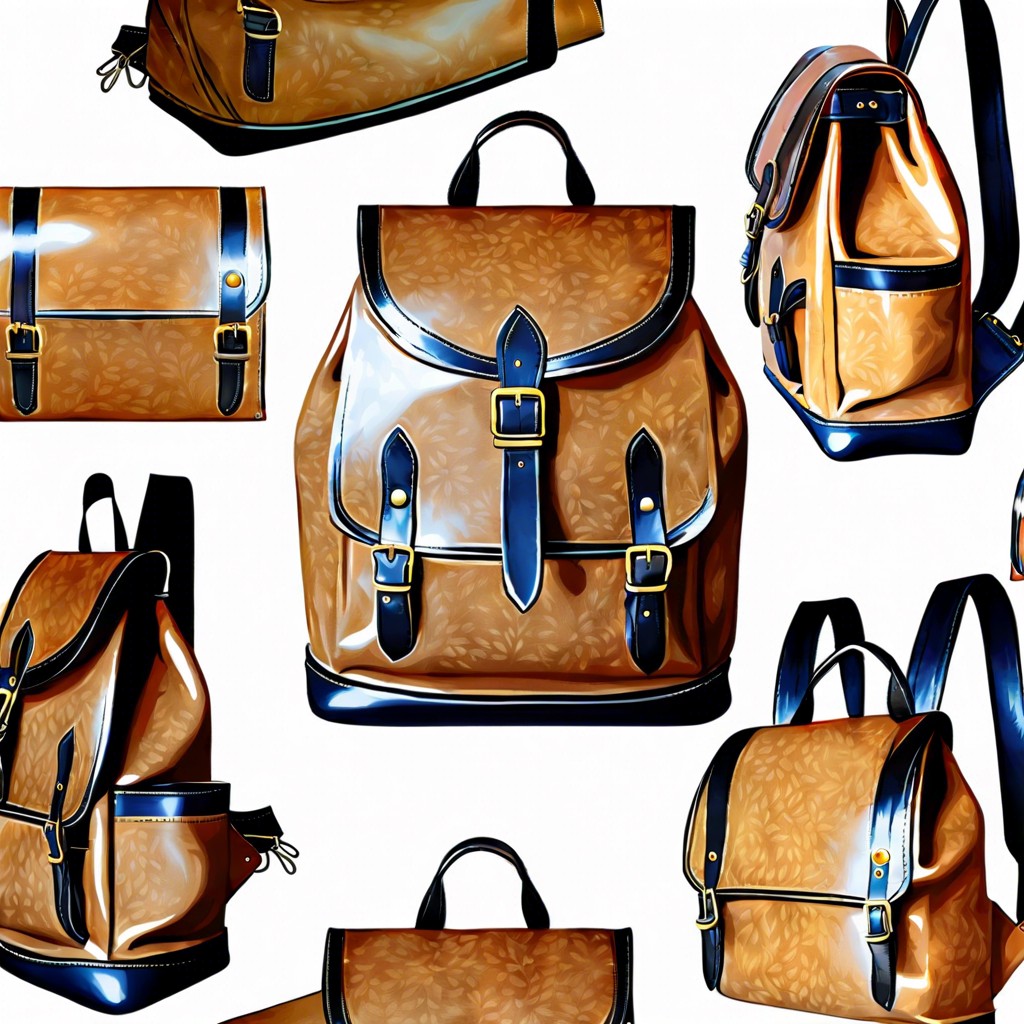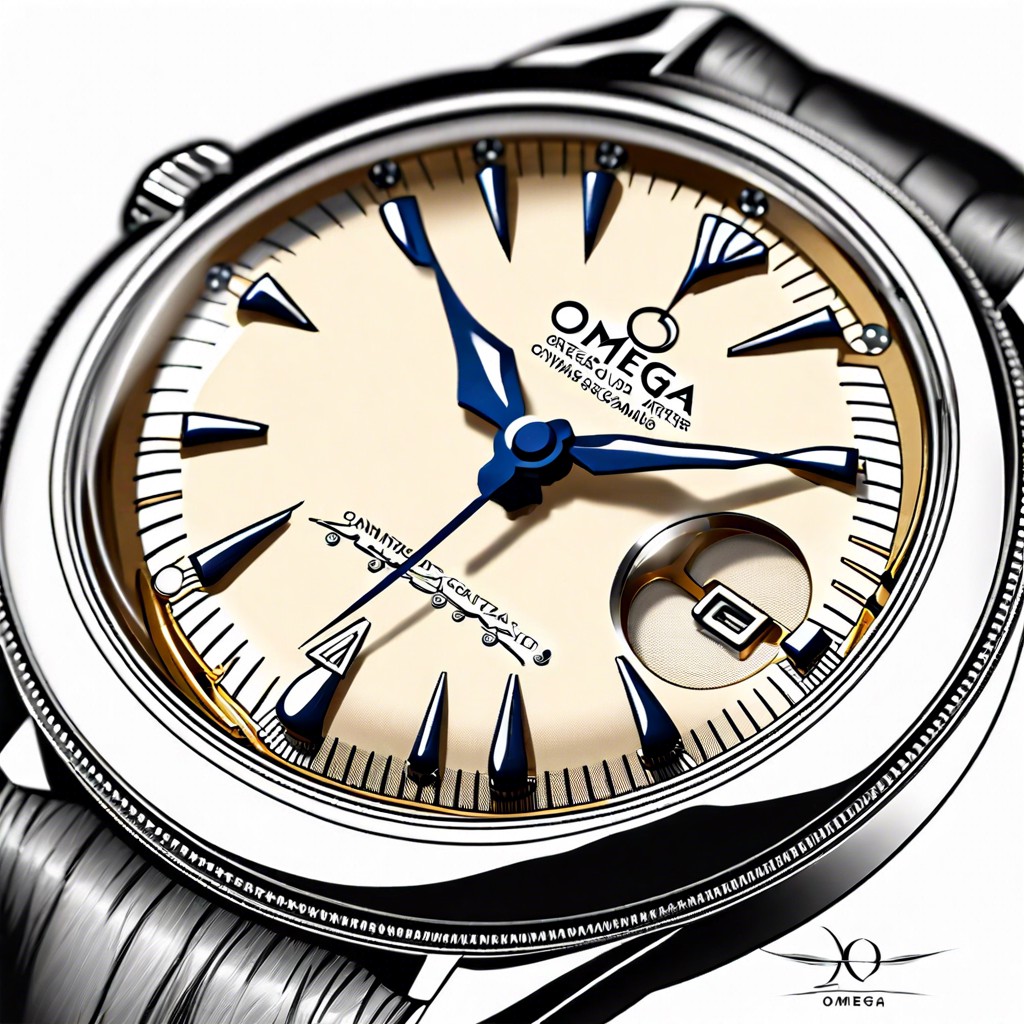Last updated on
Discover how to choose the perfect vintage purse to elevate your style with expert tips on authenticity, quality, and timeless appeal.
Key takeaways:
- Vintage purses hold historical significance and reflect their eras.
- Purse designs have evolved over the decades, mirroring societal trends.
- Iconic brands and designers like Chanel, Hermès, and Gucci have left their mark.
- Considerations for collecting vintage purses include defining your preferences and networking with other enthusiasts.
- Preservation and care require attention to detail and storage precautions.
Historical Significance of Vintage Purses

Vintage purses are more than mere accessories; they are a snapshot of the socio-cultural landscape of their time. During wartime, materials like metal became scant, prompting designers to employ ingenious methods such as bamboo and wood, visible in bags from those eras. The 1920s flapper era saw compact, bejeweled purses symbolizing women’s newfound liberation and penchant for opulence.
In the 1950s, the marriage of fashion and celebrity introduced bags named after icons like Grace Kelly, signifying a shift towards high fashion as a status symbol. By the 1960s and ’70s, rebellion and counterculture movements were echoed in the eclectic materials and vibrant patterns of purses.
These bags don’t just hold items; they hold stories, mirroring the economic, political, and fashion tides of their eras. Collectors and enthusiasts prize certain models for their craftsmanship, emblematic designs, or because they marked a technological innovation in their construction or material use. Understanding this historical context enriches the appreciation of each piece.
Evolution of Purse Design Over the Decades

In the 1920s, flappers needed hands-free accessories for dancing, giving rise to the clutch. By the 1930s, the Great Depression ushered in utilitarian styles, reflecting society’s focus on functionality. However, the 1950s brought a touch of glamour back into accessories, with elegant handbags symbolizing post-war prosperity.
Jumping to the 1960s, rebellious spirit fueled a break from conventional styles, birthing quirky shapes and psychedelic prints. The subsequent decade put a spotlight on designer logos, as fashion houses such as Gucci and Louis Vuitton became household names.
The 1980s had excess written all over it, with oversized bags matching the decade’s ‘bigger is better’ philosophy. However, the 1990s swung the pendulum back to minimalism, with sleek purses that complemented the understated chic style of the era.
Throughout this journey, innovations in materials and production methods have played a pivotal role, shifting from artisanal leatherwork to the incorporation of synthetic fabrics and mass production techniques. Each decade’s purse design mirrors the cultural and social trends of the time, serving as a small time capsule of fashion history.
Iconic Vintage Purse Brands and Designers

Chanel, synonymous with timeless style, revolutionized women’s fashion with the 2.55 flap bag in the 1950s. Its quilted leather and chain strap design remain as coveted now as they were upon release.
Hermès, established in 1837, began as a harness workshop but entered the handbag spotlight with the creation of the Kelly bag, famously associated with Grace Kelly, and later, the Birkin bag, a collaboration with actress Jane Birkin. These pieces embody luxury and craftsmanship.
Louis Vuitton’s introduction of the monogram canvas in 1896 established its purses as symbols of high status and unparalleled quality. The Speedy and Neverfull are classics that artists and designers have often reinterpreted.
Judith Leiber’s minaudières, tiny decorative clutches, often took inspiration from nature and the art world. Made from crystals and precious metals, Leiber’s purses could be spotted on red carpets and high society galas.
Gucci’s integration of equestrian themes into their handbags, through the use of the horsebit and green-and-red web, gave rise to bags with a distinct Italian luxury flair, favored for their versatility and sophistication.
Coach introduced accessible luxury to the American market, crafting leather goods with a keen eye on functionality and durability since the 1940s, making their purses staples in many wardrobes.
For collectors of vintage purses, understanding the pivotal role these brands and designers have played in the fashion industry is essential. Recognizing the hallmark characteristics of each helps in identifying authentic pieces and appreciating their fashion-forward innovations.
Collecting Vintage Purses: Considerations and Tips

Begin by defining what you’re drawn to; be it the era, the brand, or the unique style of vintage purses. This focus will guide your search and prevent feeling overwhelmed by the vast choices available.
Research is pivotal. Delve into the history and characteristics of the purses you fancy. Knowledge about authenticity marks, designer signatures, and typical materials of the period can help in making informed decisions.
Condition is key. Check for wear and tear, stains, and odors, which can affect value. However, don’t shy away from a purse with minor fixable issues if it’s a rare find or deeply resonates with you.
Networking with other enthusiasts can unlock avenues to special pieces and share valuable insights. Attend collectibles fairs, join online communities, or visit antique shops to connect with like-minded individuals.
Mind your budget. It’s easy to get carried away, but remember that collecting is often a gradual process. Prioritize quality over quantity, and consider purses that have an enduring appeal.
Finally, be cautious with online purchases. Request clear photos and verify the seller’s reputation. A good deal may be tempting, but a cautious approach will help prevent disappointment.
Preservation and Care for Vintage Purses

Maintaining a vintage purse’s condition requires attention to detail and knowledge of the materials. Leather, for example, benefits from regular conditioning to prevent cracking, but be wary of products that might be too harsh for aged fabrics. For those heirloom silk clutches, a gentle wipe with a soft, dry cloth can keep dust at bay without introducing moisture that may cause stains or mildew.
Storage is critical for longevity. Stuff purses with acid-free tissue paper to help retain shape, and avoid stacking, which can cause unwanted creases or deformities. Sunlight may give life to plants, but it is the nemesis of vintage textiles; keep your treasures in a cool, dark place to fend off fading.
Consider the zippers and metal accents, which add both functionality and flair to your vintage purse. They need a light touch; use a cotton swab dabbed in clear oil to ease a stubborn zipper, and keep metal polished with a suitable cleaner to avoid tarnish that can spread and stain.
Above all, handle these pieces with care, as you would any cherished item. Regular checks for wear or damage can save you headaches later. Writing off any spills or smudges as patina can be tempting, but timely, delicate cleaning can prevent irreversible damage, keeping your vintage accessories ready for their next outing or the next generation of admirers.




